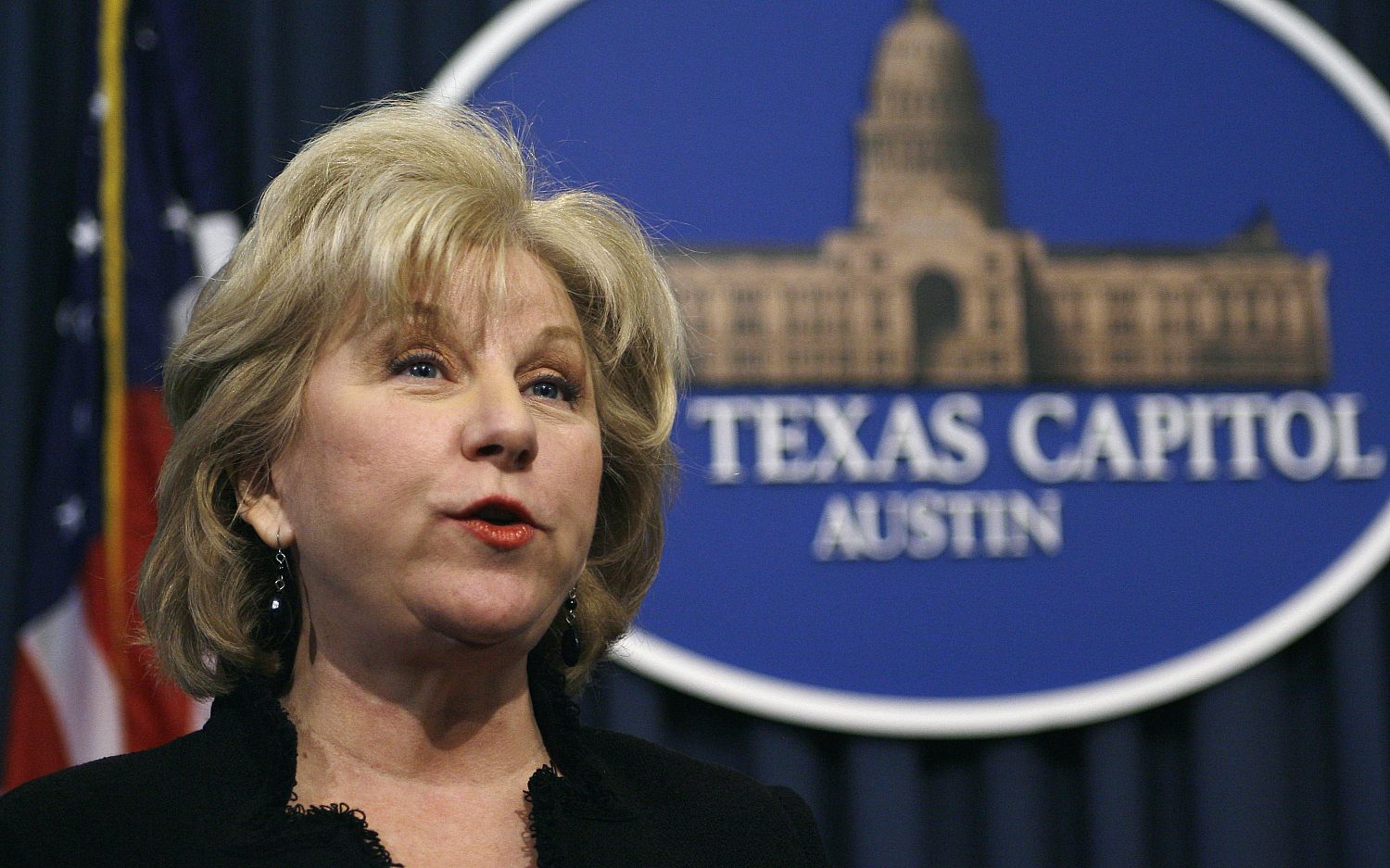Sulzberger oversaw a rise in profits, prizes, and a liberal perspective
Arthur Ochs Sulzberger, 86, the former publisher who led The New York Times to new levels of influence, profit, and liberal politics died Saturday at his home in Southampton, N.Y., after a long bout with Parkinson’s disease, his family announced.
During Sulzberger’s three-decade tenure the newspaper won 31 Pulitzer Prizes as he transformed the family business from a perpetually shaky operation to a muscular media behemoth.
Weekday circulation climbed from 714,000 when Sulzberger became publisher in 1963 to 1.1 million when he stepped down in 1992. Over the same period, the annual revenue of the Times' corporate parent rose from $100 million to $1.7 billion.
In 1971 he rejected his own lawyers' warnings that even reading the Pentagon Papers constituted a crime and published the classified Defense Department history of U.S. involvement in Vietnam. The U.S. Supreme Court eventually sided with the Times and The Washington Post, which also published the documents.
Sulzberger, who went by the nickname "Punch" and served in the Marine Corps, said the Times wouldn't allow the U.S. government to cover up its mistakes under the guise of national security.
His decision to publish despite severe pressure from the Nixon administration made him a hero in the industry. First Amendment lawyer Floyd Abrams, who represented the Times in that case, said Sulzberger “set in motion a litigation which not only preserved but protected the First Amendment for generations."
In 1963, Sulzberger, at age 37, was named publisher of the newspaper his grandfather, Adolph Ochs, acquired in 1896. (Bible-believing Presbyterian Henry J. Raymond, whose news columns reflected his faith, founded the paper in 1851.) At the time, the paper was in a precarious state following a strike. Under Sulzberger’s watch, the Times started a national edition, bought its first color presses, and introduced—to the chagrin of some hard-news purists—popular and lucrative sections covering topics such as food and entertainment.
Also in this period the paper began its transformation into one of the most reliably liberal newspapers in the country, although more with his assent than at his direction. “Mr. Sulzberger left the task of putting out the Times to the people hired for the job: the managers on the business side and the editors in the newsroom,” noted the Times’ obituary.
Sulzberger frequently attended the daily meeting of the top editors but rarely spoke, according to the Times, even though he “did not always appreciate the content or the tenor of the editorial page.”
In 1992, Sulzberger relinquished the publisher's job to his son Arthur “Pinch” Sulzberger Jr. but remained chairman of The New York Times Co. Sulzberger retired as chairman and chief executive of the company in 1997, with Pinch Sulzberger becoming chairman. The elder Sulzberger stayed on the Times Co. board of directors until 2002.
The Ochs/Sulzberger family retains control of the company to this day, holding a special class of shares that give them more powerful voting rights than other stockholders.
The Associated Press contributed to this report.
An actual newsletter worth subscribing to instead of just a collection of links. —Adam
Sign up to receive The Sift email newsletter each weekday morning for the latest headlines from WORLD’s breaking news team.





Please wait while we load the latest comments...
Comments
Please register, subscribe, or log in to comment on this article.